i have this model
Where TD is a binary variable, and Strata is a numeric variable equals to {1,2,3}. I need to get 95% CI for this two linear combinations:

I have this function to construct confidence intervals
pwp_gt_int <- coxph(Surv(tstart2,tstop2,status==1) ~ TD+ TD:strata(event)
mod_summ <- summary(pwp_gt_int)
coefs <- modsum$coefficients
X <- model.matrix(pwp_gt_int)
dof <- nrow(X) - ncol(X)
coefs_var <- vcov(pwp_gt_int)
halfCI <- qt(0.975, dof) * sqrt(diag(coefs_var))
matrix(c(coefs - halfCI, coefs + halfCI), nrow=3)
but i need something like this
coefs[2] = coefs[1] + 2*coefs[2]
coefs[3] = coefs[1] + 3*coefs[3]
matrix(c(coefs - halfCI, coefs + halfCI), nrow=3)
But the CI's i got are not plausible, i'm think im not getting right the variance-covariance matrix for the linear combinations.
Please help.


